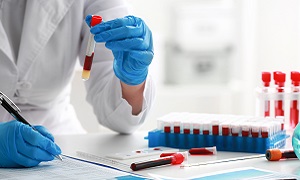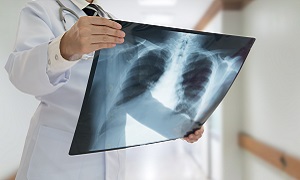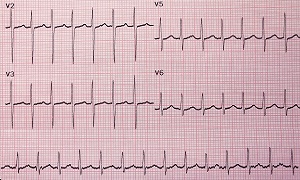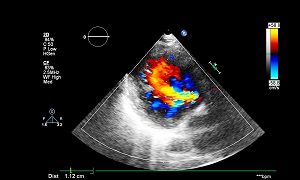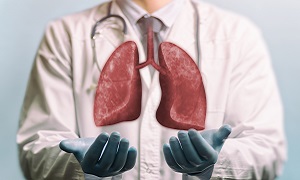Pulmonary Hypertension
Pulmonary Hypertension is a type of high blood pressure that affects your arteries in the lungs as well as the right side of the heart. This condition is life-threatening and it generally gets worse over time. However, treatments can help you to lessen your symptoms so that you can live better with the disease. Although it may take some time, patients are generally able to live life normally, the way they did before their diagnosis.
In this condition, the tiny arteries in your lungs get narrow or blocked, which makes it harder for the blood to flow through them, which causes the blood pressure in your lungs to rise. This makes your heart work harder to pump blood through those arteries, and after a while the muscle of the heart gets weak. Eventually, it leads to heart failure.
Symptoms
The signs and symptoms of pulmonary hypertension develop slowly, and it takes take months or sometimes even years, for you to notice them. As the disease progresses, the symptoms get worse.
The symptoms of pulmonary hypertension include:
- Fatigue
- Chest pressure or pain
- Dizziness or fainting spells
- Swelling in your ankles and legs, and eventually in the abdomen
- Racing pulse or heart palpitations
- Bluish color to your lips and skin
Causes & risk factors
Sometimes your doctors are unable to find the reason for your high blood pressure in your lungs. In such cases, the condition is termed idiopathic pulmonary hypertension. Genes might play a role in why some people get this illness.
Sometimes, another condition can also lead to pulmonary hypertension, which can include any of these:
- Congestive heart failure
- Liver disease
- Lupus, scleroderma, rheumatoid arthritis, and other autoimmune diseases
- Blood clots in the lungs
- HIV
- Lung diseases like emphysema, chronic bronchitis, or pulmonary fibrosis
- Sleep apnea
- Illegal drug use
- A heart defect you’re born with
Having a family history of pulmonary hypertension, being obese or overweight, exposure to asbestos, taking illegal drugs such as cocaine, living at a high altitude, are some of the factors that can increase your risk of developing pulmonary hypertension.
Diagnosis
It is generally hard to diagnose this condition early as it is often not detected during a routine physical exam. Even when the condition is more advanced, this condition shows signs and symptoms that are similar to those of other heart and lung conditions.
Your doctor is first going to perform a physical exam and then talk to you regarding your signs and symptoms. You will be asked questions regarding your medical and family history.
Some of the tests that your doctor can order might include any of the following:
Blood tests
Chest X-ray
Electrocardiogram (ECG)
Echocardiogram
Right heart catheterization
Treatment
Pulmonary hypertension differs from person to person, and this is why your treatment plan will need to be specific to your needs. Generally, first, the doctor treats the cause of your condition. For example, if your problem is caused by another condition such as emphysema, then he/she will focus on treating it, to improve your pulmonary hypertension.
Many people also receive oxygen therapy, which is a form of treatment to improve their breathing. It can be extremely beneficial if you are short of breath, or if you have low oxygen levels in your blood. It can also help you live longer if you are having pulmonary hypertension. If you are at risk for blood clots, then your doctor might also recommend blood thinners.
Atrial septostomy
If medications don’t help your condition, then this open-heart surgery can be an option. This procedure involves your surgeon creating an opening between the upper left and right chambers of your heart, to relieve the pressure on the right side of your heart. It is to be noted, however, that this treatment may lead to serious complications, such as arrhythmia, heart rhythm problems.
Lung Transplant
In some cases, a lung or heart-lung transplant can be an option, especially for younger people who have idiopathic pulmonary arterial hypertension.
There are certain major risks to organ transplantation. This includes rejection of the transplanted organ, as well as a serious infection. You might also need to take immunosuppressant drugs for life in order to reduce the chances of rejection.
Complications
Some of the complications that this condition can lead to include:
- Right-sided heart enlargement and heart failure
- Arrhythmia
- Bleeding in the lungs
- Complications during pregnancy

